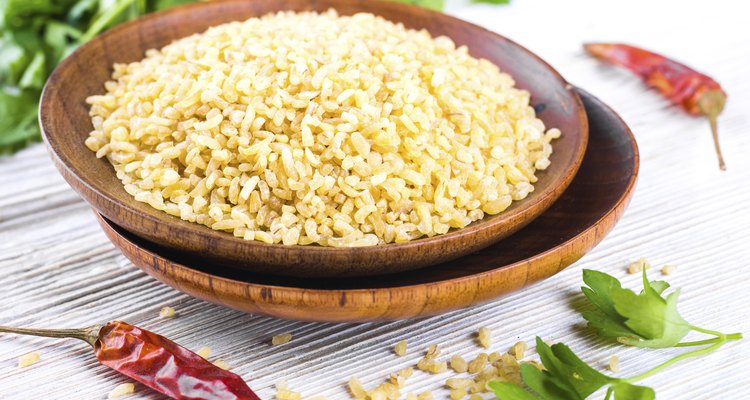
Seqoya/iStock/Getty Images
If you're adventurous and are looking for alternatives to rice, bulgur or farro might be for you. Bulgur and farro are both edible grains that supply several key vitamins and minerals you need for good health. While both grains are a great source of fiber, protein and other nutrients, the amount that each type supplies is different.
Calories, Fat and the Basics
One cup of cooked bulgur contains 151 calories while a cup of farro contains significantly more with 340 calories. This is an important consideration when choosing grains to include in your diet, especially if you're trying to lose weight or maintain your current weight. A cup of cooked farro also contains about 2 grams of fat, compared to the less than 0.5 gram of fat in a cup of cooked bulgur. Farro is also a star in terms of protein with about 14 grams per cup, which is 30 percent of the 46 grams women need each day and one-quarter of the 56 grams men require on a daily basis. A cup of cooked bulgur contains 5.6 grams of protein.
Fantastic Amounts of Fiber
Fiber is an essential nutrient that keeps your digestive system working properly and can reduce your risk of heart problems, high blood pressure, high cholesterol and Type 2 diabetes. One cup of cooked bulgur contains 8.2 grams of fiber. That's one-third of the 25 grams of fiber women should include in their daily diets and 22 percent of the 38 grams men require each day. A cup of cooked farro contains 10 grams of fiber.
Wealth of Vitamins and Minerals
Farro wins when it comes to iron content. A cup of farro contains 24 percent of the recommended daily intake for iron. A cup of bulgur contains 1.75 milligrams of iron. A cup of cooked bulgur contains 1 milligram of zinc, which is 13 percent of the 8 milligrams women need each day and 9 percent of the 11 milligrams men should have daily. Farro also contains zinc, and both bulgur and farro supply niacin and folate.
Making Your Choice
If you're looking for a way to increase your intake of essential nutrients, farro is a better choice than bulgur. That doesn't mean, however, that bulgur isn't nutritious because it's also a good grain choice. Cook both grains and see which taste you prefer, and then have a cup of the winner as a tasty side dish for grilled steak or roasted chicken. Enhance the flavor of either grain by adding herbs and spices or onions and garlic once the grain is cooked. Infuse a richer flavor into the grain by cooking it in low-sodium chicken or vegetable broth instead of water.
Related Articles

How Much Whole Grain Should You Eat a ...
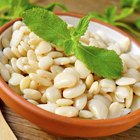
Calories per Cup of Cooked Navy Beans
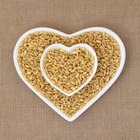
Kamut Vs. Wheat

List of High Protein Vegetables
Substitutes for Oat Bran

How Does Measuring Dry Quinoa Compare ...
Can You Replace Bulgur With Barley?

Barley Nutrition Information

Is Teff Flour Gluten-Free?
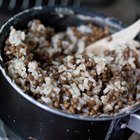
Rice & Lentil Diet

How to Cook Brown Basmati Rice

Which Is Healthier, Lima Beans or ...

How to Replace Wheat

Cracked Wheat Nutrition
How to Cook Pressed Barley Like Rice

Nutrition Information on Blueberries
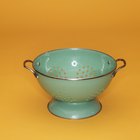
How to Soak Amaranth

What Are the Benefits of Whole Grain ...

How Long Do I Cook Vermicelli?

Bulgar Wheat Vs. Couscous
References
Writer Bio
Sara Ipatenco has taught writing, health and nutrition. She started writing in 2007 and has been published in Teaching Tolerance magazine. Ipatenco holds a bachelor's degree and a master's degree in education, both from the University of Denver.
Photo Credits
Seqoya/iStock/Getty Images